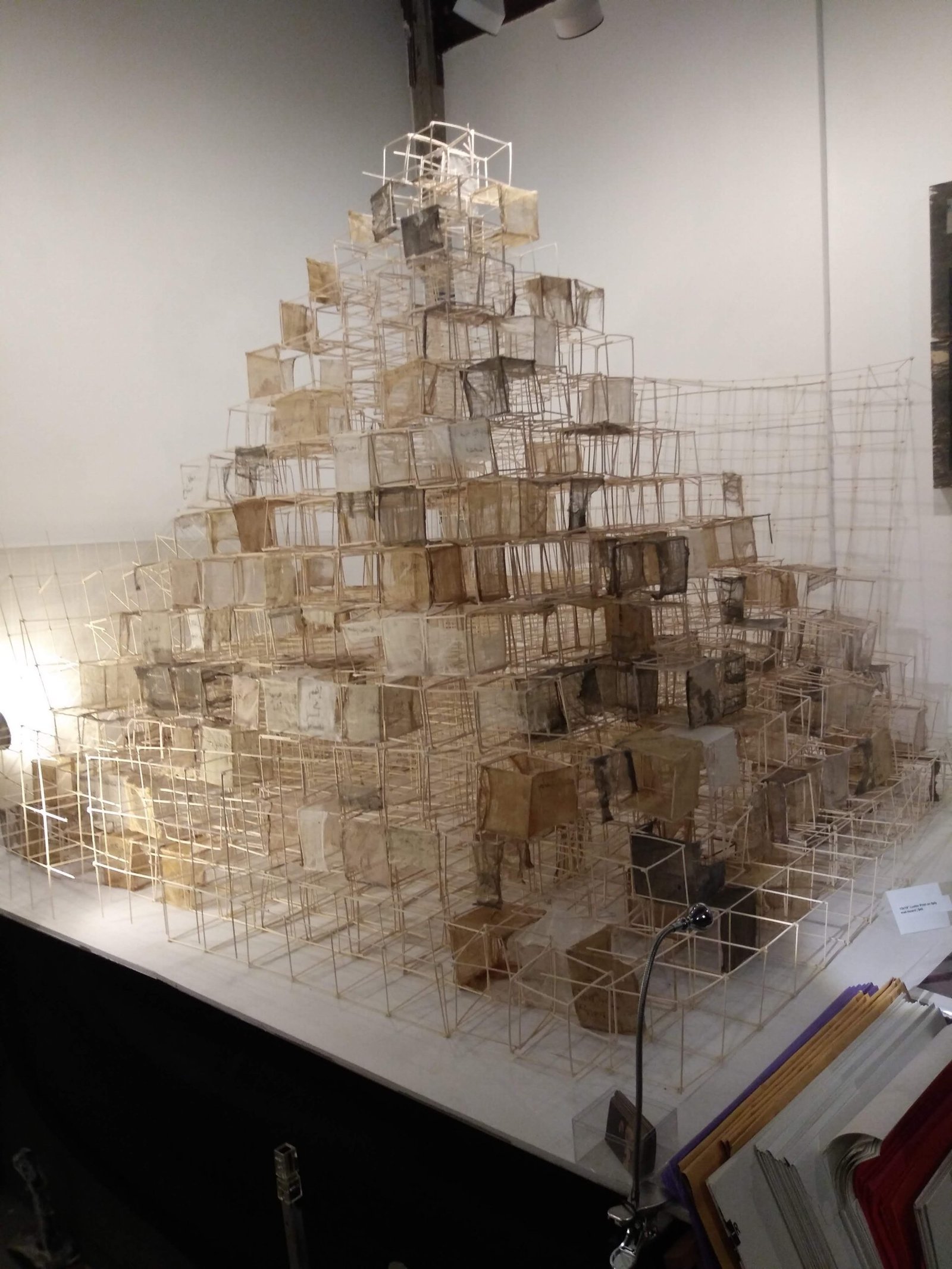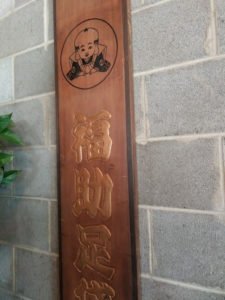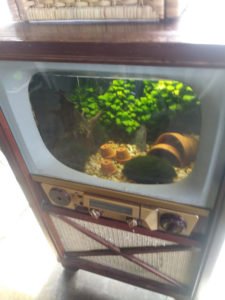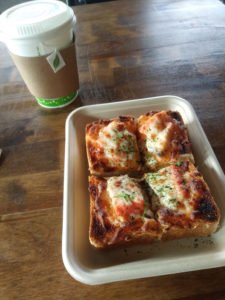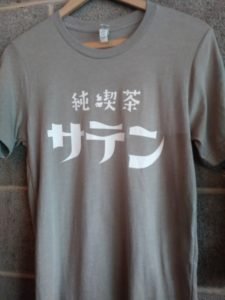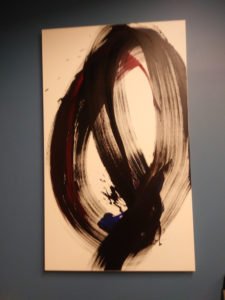Now through January 2026 at the Tacoma Art Museum, experience a unique fusion of history and modernity. Explore dozens of historic Japanese prints displayed alongside contemporary Pacific Northwest artworks inspired by the timeless ukiyo-e tradition.
Affordable and portable, Japanese woodblock prints (ukiyo-e) allowed everyday people in Edo-period Japan (18th-19th century) to collect art. When Japan opened up to the West in the late 1800s, Europeans brought many of these prints back where they inspired artists like Van Gogh, Manet, and Degas.

These works’ striking beauty and captivating subject matter drew global attention for decades. The visual style bled into Japanese tattoo art (irezumi) and influenced Japanese comics (manga), both of which have gained popularity in the West from the late 20th century onward.
Kenji Stoll, a Tacoma-based muralist and tattooist, practices traditional Japanese and American ink styles. Drawing from the TAM’s extensive ukiyo-e collection, thanks to donations from Constance Lyon and Al and Betsy Buck, Stoll, as guest curator, selected Japanese ukiyo-e prints alongside works by contemporary Pacific Northwest artists. Some artists are Japanese-American, others are Asian-American or Latin-American, or have lived in Japan.
As you enter the gallery, a large ukiyo-e mural by Stoll greets you, alongside sculptures and paintings by local artists inspired by Japanese styles.

VANVAN a local artist influenced by 20th-century pop culture, creates paintings that evoke manga and Japanese toys. Other artists, like Lauren Lida explore personal topics through the lens of Japanese print traditions, such as Lida’s investigation into intergenerational trauma from Japanese internment. Hanako O’Leary reinterprets Japanese aesthetics in contemporary sculptures.

As you move through the exhibit, you’ll encounter original Japanese prints depicting dramatic Kabuki actors, heroic warriors, and serene landscapes.
This exhibition offers a rare opportunity to view these works up close. Admire their delicate lines, textures, and dynamic compositions. Utagawa Kuniyoshi known for his prints of warriors (samurai) and supernatural creatures (yokai), also created works featuring dancers and anthropomorphic animals in motion.

Tsukioka Yoshitoshi a student of Kuniyoshi, is also famous for samurai and yokai. A selection from his One Hundred Aspects of the Moon is featured here, showcasing layers of patterns and textures. The delicate lines and expressive calligraphy stand out.

Across from these works are pieces by Yoshiko Yamamoto, a Tokyo-born artist who lived in the Pacific Northwest for 30 years before returning to Japan. Some of her works feature Tacoma-area subjects, influenced by Japanese ink-block style. Her work blends late 20th-century freshness with a bridge between contemporary and Western styles.

My personal favorite is a triptych by Kawanabe Kyosai, a student of Kuniyoshi and later a follower of the Kano school. His work is more painterly, reflecting the transition from the Edo to the Meiji period. Kyosai is considered one of Japan’s first modernist artists.


His art shows a clear influence on modern manga, particularly in the playful and macabre expressions that would later shape Japanese cartooning.
Back to the local artists, inspired by both history and manga, we see works by Tacoma artist and tattooist Troy Long.

Echoes of the Floating World runs through Jan. 4, 2026 at the Tacoma Art Museum. The exhibition actually contains 60 works, but that they will not all be shown at once due to the damage that light can cause to these prints. There will be three rotations of 20-25 pieces between now and the exhibit’s January 2026 wrap-up. Please visit and visit again to see this full collection that Tacoma is honored with!























